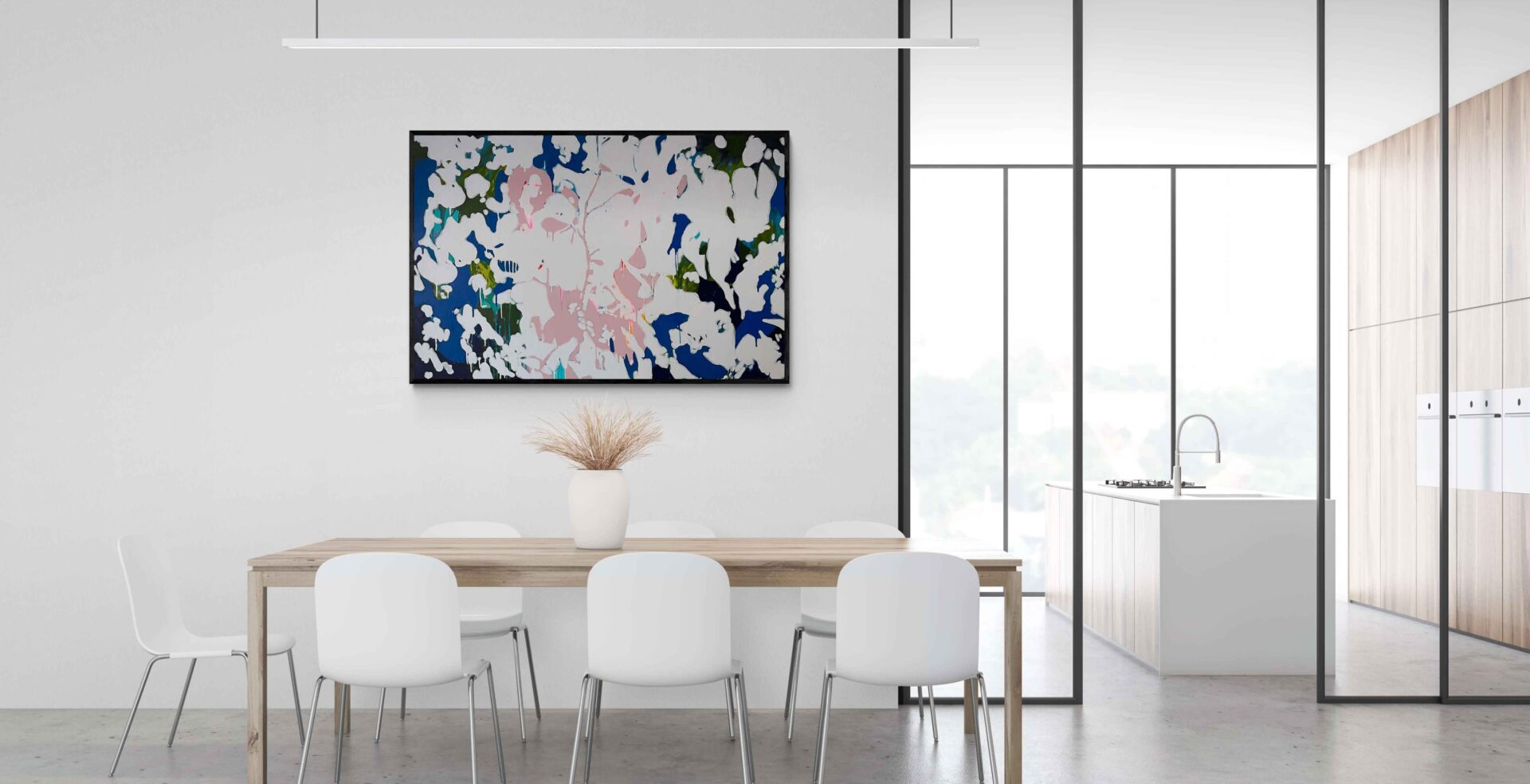Contemporary art is a dynamic and ever-evolving field that reflects the complexities of our modern world. Unlike traditional art forms, contemporary art embraces a wide range of mediums, techniques, and styles, often pushing the boundaries of creativity and expression. From abstract paintings to digital installations, contemporary art invites viewers to explore new perspectives and engage with thought-provoking concepts. As a contemporary artist myself, I find immense joy and inspiration in the fluidity and diversity of this genre, and I’d like to share some insights on how to appreciate and understand contemporary art as a beginner.
Embracing the Diversity of Mediums and Techniques
One of the most exciting aspects of contemporary art is its incredible diversity. Artists today are not limited to traditional mediums like oil paint or marble. Instead, they experiment with a variety of materials, including digital media, recycled objects, and even light and sound. This experimentation leads to innovative works that challenge our perceptions of what art can be.
For instance, digital installations, like those created by contemporary artist David Hockney, blend technology with traditional artistic skills to create immersive experiences. Hockney’s massive landscapes and his foray into digital art showcase the limitless possibilities that contemporary art offers. His work inspires me to explore new mediums and techniques in my own practice, pushing the boundaries of my creativity.
Exploring New Perspectives and Concepts
Contemporary art often tackles complex themes and concepts, reflecting the multifaceted nature of our world. Artists use their work to comment on social, political, and environmental issues, providing a platform for dialogue and reflection. This can be both challenging and rewarding for viewers, as it encourages us to think deeply about the world around us.
For example, consider the work of Ai Weiwei, whose art addresses themes of human rights and political oppression. His installations and sculptures provoke thought and raise awareness about global issues. Engaging with such works can be an eye-opening experience, offering new perspectives and fostering a deeper understanding of contemporary society.
Tips for Beginners: How to Approach Contemporary Art
As a beginner, understanding contemporary art can be both exciting and overwhelming. Here are some tips to help you navigate this vibrant and diverse field:
- Visit Local Galleries and Museums: Seeing contemporary art in person is one of the best ways to appreciate its nuances. Pay attention to the materials, techniques, and themes that resonate with you. Many galleries and museums offer free admission or discounted rates on certain days, making it accessible to everyone.
- Read About the Artists and Their Work: Understanding the context behind a piece can enhance your appreciation of it. Look for information about the artist’s background, intentions, and the themes they explore. Many galleries provide informational plaques or pamphlets, and you can also find detailed articles and interviews online.
- Engage with the Art Community: Join local art groups, attend openings, and participate in discussions. Engaging with other art enthusiasts can provide new insights and perspectives. Many artists and galleries also share their work and process on social media platforms, offering a behind-the-scenes look at their practice.
- Experiment with Your Own Artistic Practice: Creating your own art can deepen your understanding of contemporary techniques and concepts. Experiment with different mediums and styles to find what resonates with you. There are numerous online tutorials and workshops available, making it easier than ever to start creating.
- Form Your Own Opinions: Contemporary art is about exploration and personal interpretation. Don’t be afraid to form your own opinions and connections with the pieces you encounter. Art is subjective, and your unique perspective is valuable.
The Joy of Personal Interpretation
One of the most beautiful aspects of contemporary art is its open-ended nature. There is no right or wrong way to interpret a piece, and every viewer brings their own experiences and emotions to their understanding of the work. This personal connection can make engaging with contemporary art a deeply rewarding experience.
Take, for example, the abstract paintings of Gerhard Richter. His use of color and texture invites viewers to interpret the work in their own way. Some might see chaos and movement, while others might find a sense of calm and balance. This ambiguity allows each person to have a unique and personal experience with the art.



